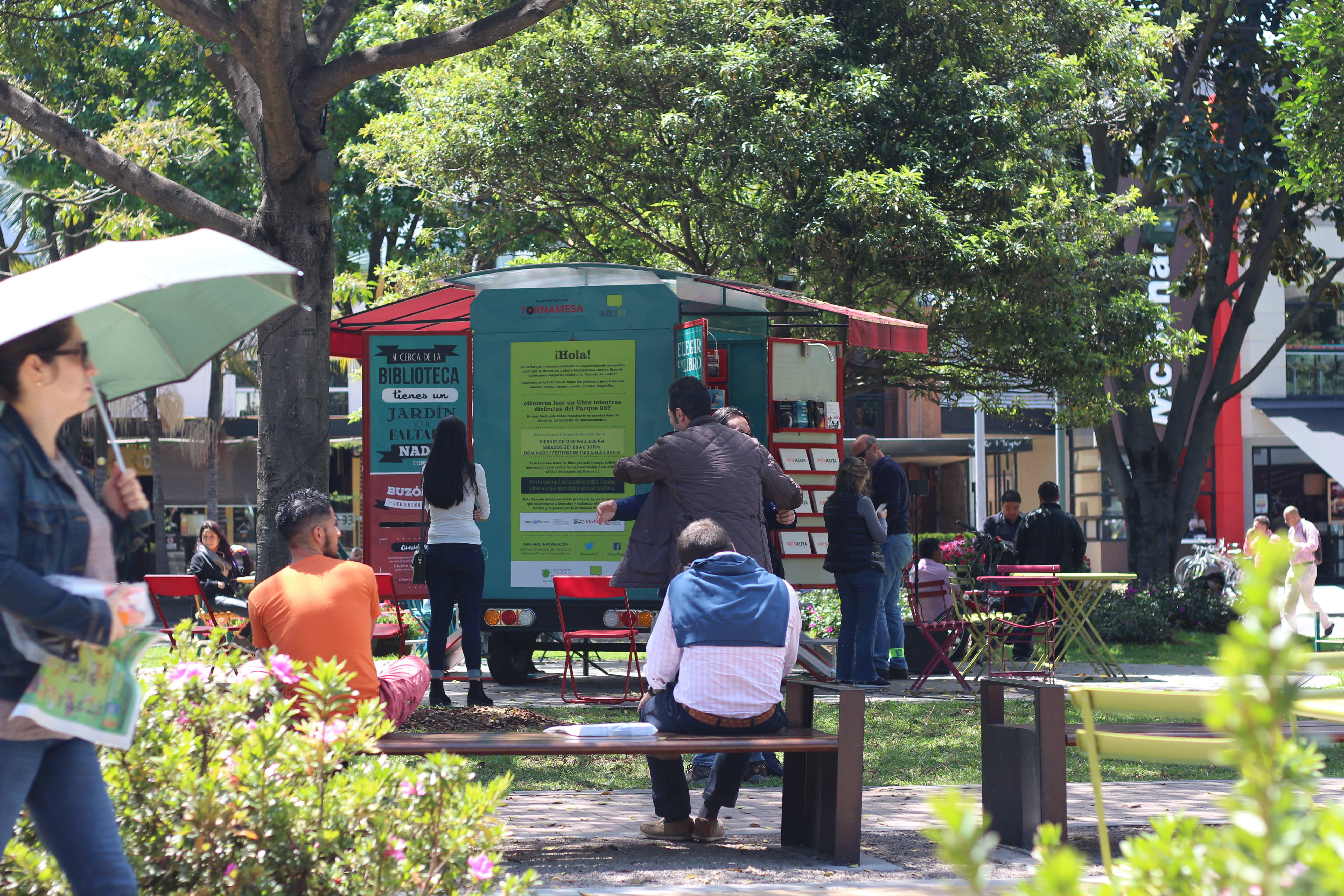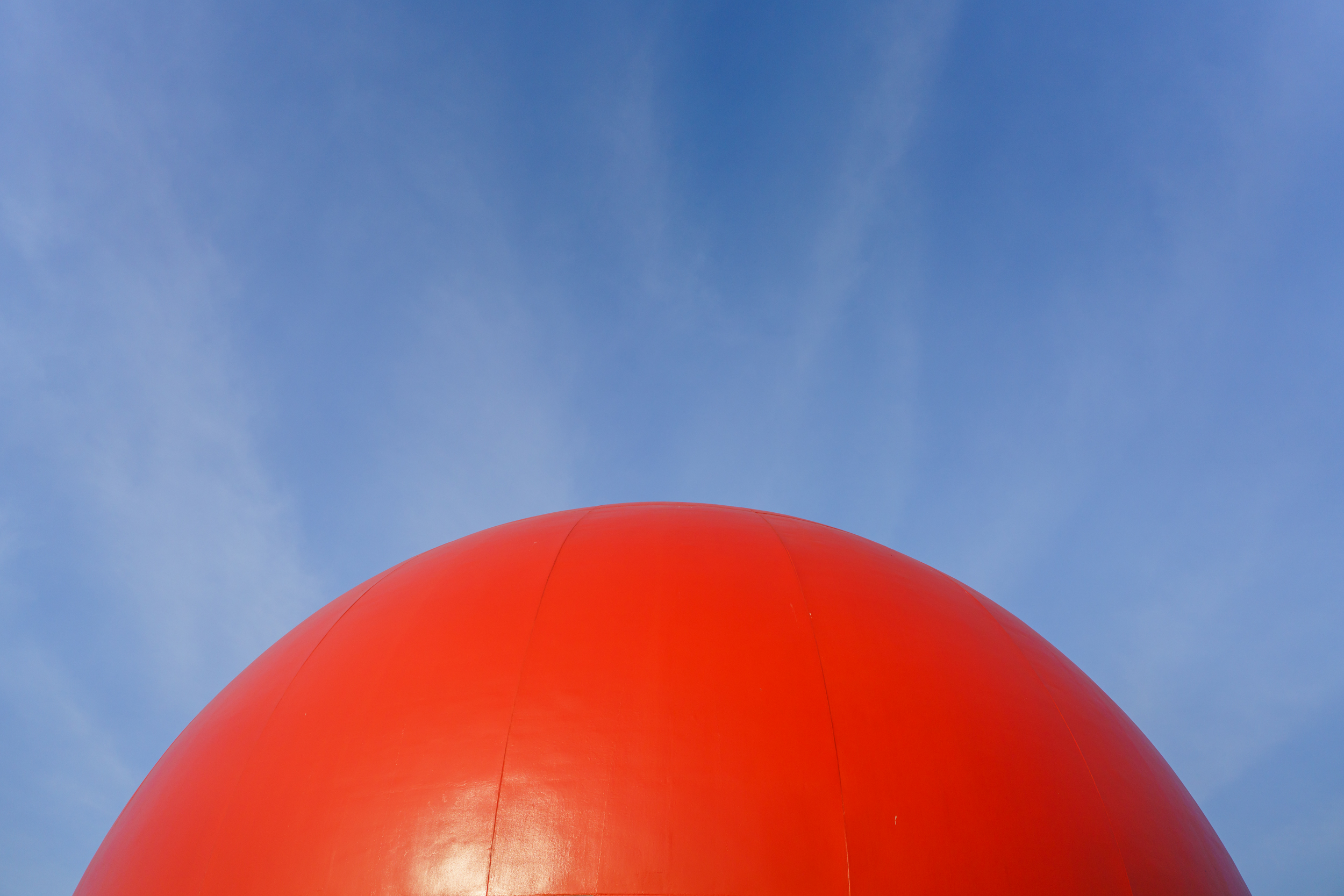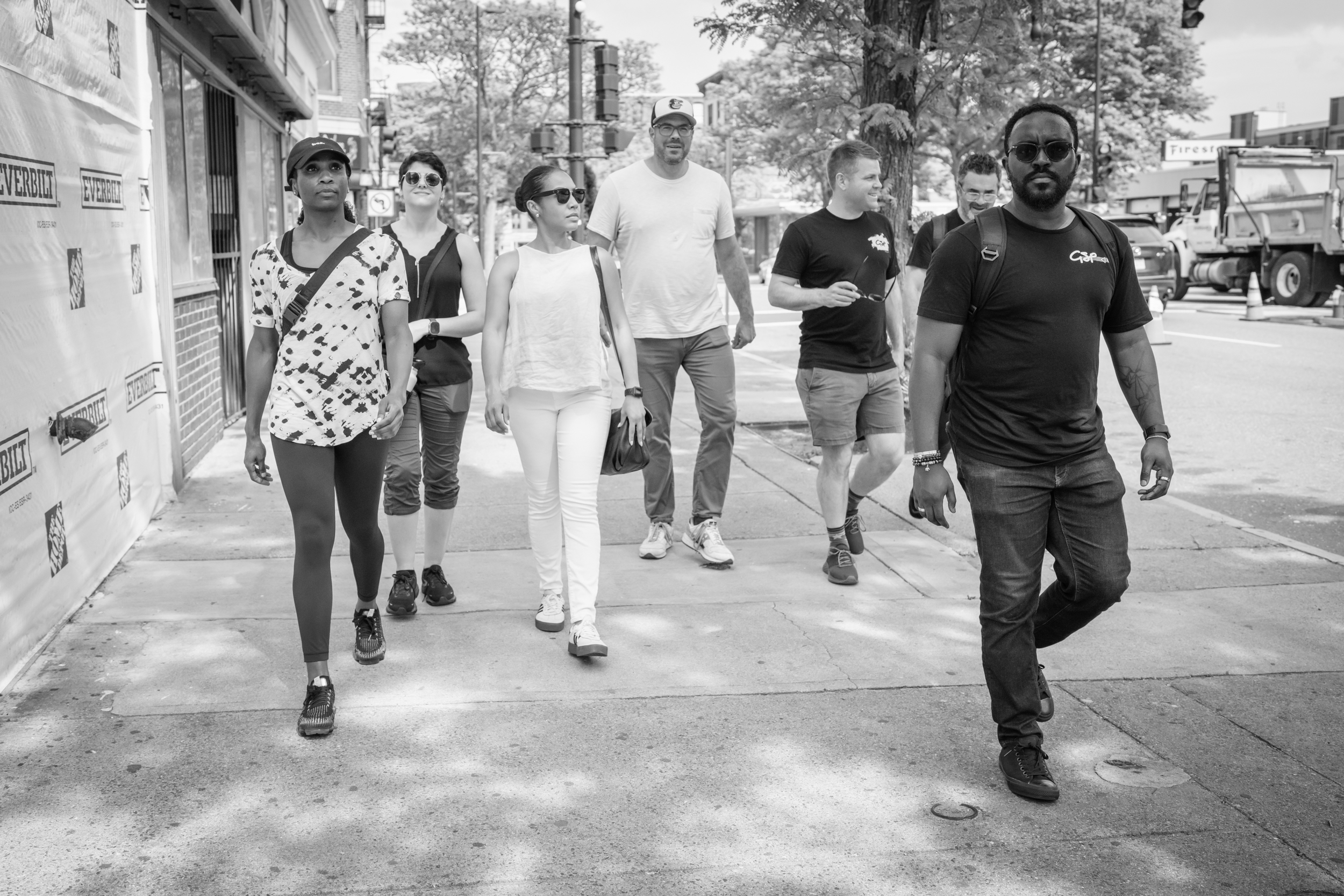Month 02: Bogota
In urban planning school, we learn a lot about Bogota because of some really progressive policies enforced by mayor Enrique Peñalosa, which prioritized the poorer populations, pedestrians, and people who bike. I was so excited to come to Bogota and see these policies in action and from a planning perspective, Bogota did not disappoint. There is a great abundance of well-maintained buffered bike lanes and life as a pedestrian is made more exciting by incredible street art and murals all over. However, sidewalks in most places are pretty messy and the grade changes between sidewalk and street, or sidewalk and driveway, are sharp and abrupt which certainly makes life as a pedestrian more interesting. The best thing I did in Bogota was buy a fixed-gear bike to bring with me around the world, which allows me to avoid these sharp grade changes and many nearly-rolled ankles and get to know Bogota’s sites, layout, and bike infrastructure so much better. On Sundays, Bogota takes part in Ciclovia during which some of the city’s largest roads are open only to bikes and pedestrians, and there’s live music and food vendors along the routes. Some people arrived in Bogota thrilled to see the Gold Museum or the Botero Museum – I came to Bogota excited for buffered bike lanes and prioritization of alternative transport modes, and that’s what I got!
While Bogota is not the pedestrian dream I expected it to be, I have found some other reasons to be excited about this city and some other interesting differences from Mexico City (my first Remote Year city) and cities in the US. When it comes to utilizing the edge of the street for retail, this place has got it down. While prolific street vendors are more Mexico City’s niche, Bogota’s street food has a bit more diversity seeing as on the same corner you can get a cheesy arepa stuffed with chorizo and a cup of cut mango and freshly-squeezed orange juice. There are standardized kiosks meant for selling common things you might want to run out and grab – a newspaper, a juice, a snack – and these grabbed my attention immediately when I got here. They’re very sleek and open up like a closet, otherwise closed and locked with their contents safe inside. They make so much sense!
The other thing I’ve noticed is that retail in Bogota uses the first and second floor much more often than I see in the US. This could mean a ground floor space with very high ceilings or two distinct layers of retail with stairs going up to the second floor, but it’s all quite vibrant and alive and it really maximizes the street frontage opportunities.
Fun fact: While Colombia produces some of the best coffee in the world, only about 30% of the high-quality coffee stays in the country and the rest is exported. This means that there are far fewer nice coffeeshops here than I expected although I have found a couple of excellent cafes. I went to a local coffee roastery and took part in a full, professional cupping – Gracenote, I’m coming for you – where I learned more than I ever have before and had some of the best coffee of my life.
When it comes to public spaces, my favorite is Parque 93 in the Chico Norte neighborhood. It’s a simple rectangular park surrounded by restaurants and cafes, some of which have live music on a regular basis, and there’s a playground as well as brightly-colored tables and chairs. On any given morning the playground is packed with kids and their parents or nannies, and during lunchtime this park is absolutely packed with people eating and chatting. It’s also incredibly busy on the weekends, as families come here to play and dog owners come for some solid canine socialization. There’s also a small library kiosk (there are a number of these around the city and they are one of my very favorite things about Bogota) where you can check what books are available on the Parque 93 website, and quality programming. One day, Nike Bogota held a fitness expo with all kinds of classes all day long, a group run around the neighborhood, and tents with merchandise and samples from Nike and other partners. It’s a private park with very friendly security and no known sponsors (although there is a long list of partners on their website), making this feel like a totally welcoming and unassuming city park with something for everyone.
It’s important to remember that Colombia is in the middle of a deeply-rooted conflict and that Bogota is rebuilding itself as a global city and is doing quite well, all things considered, but it does mean that there aren’t a lot of old classic restaurants and their new “trendy” scene is just blossoming. After all, only a couple decades ago this country was hugely influenced by the work of Pablo Escobar. Now, there is construction everywhere and it never stops (no, really – my bedroom looks out onto a highway and there is no ordinance on when construction can start and should stop), and while the neighborhoods don’t all feel very unified, it’s safe to say this is a work in progress and, all things considered, this is a beautiful city that will undoubtedly feel very different and much improved in 5-10 years. Here’s hoping I’ll be back to see the progress!




